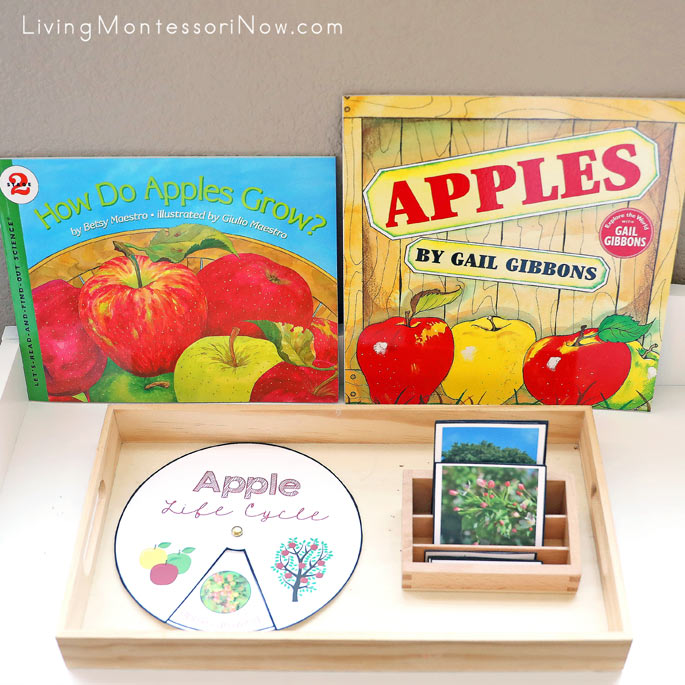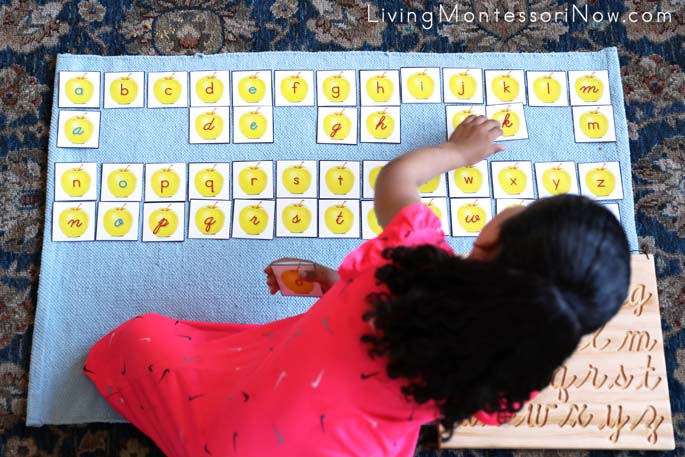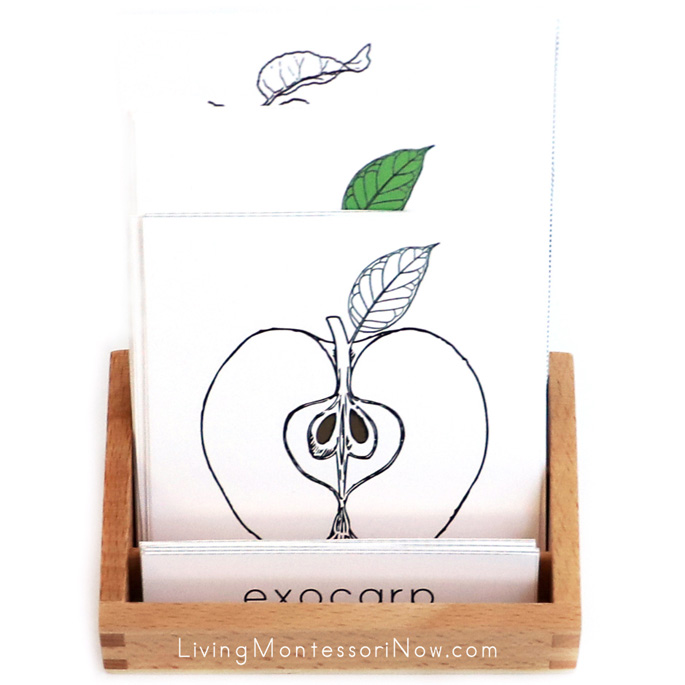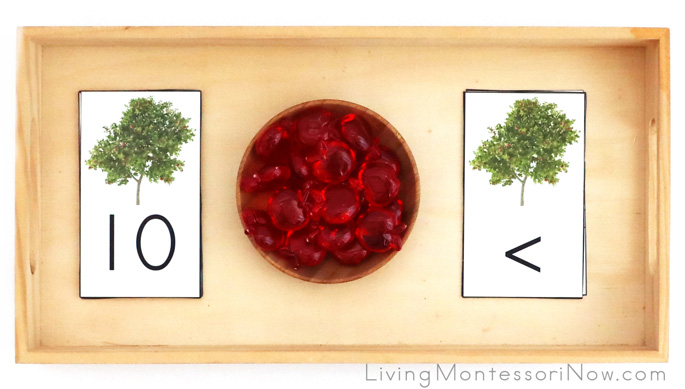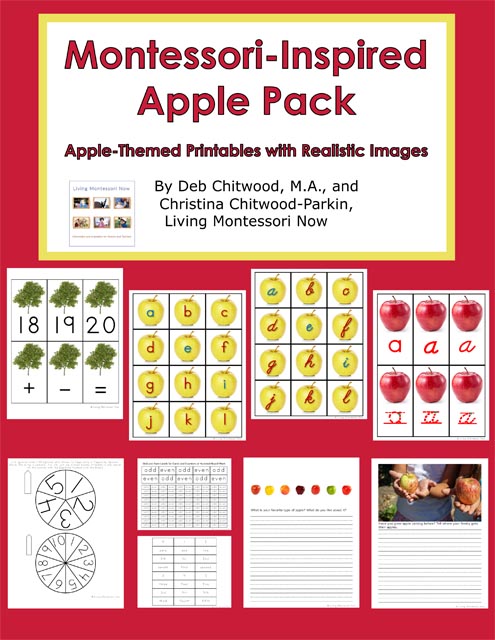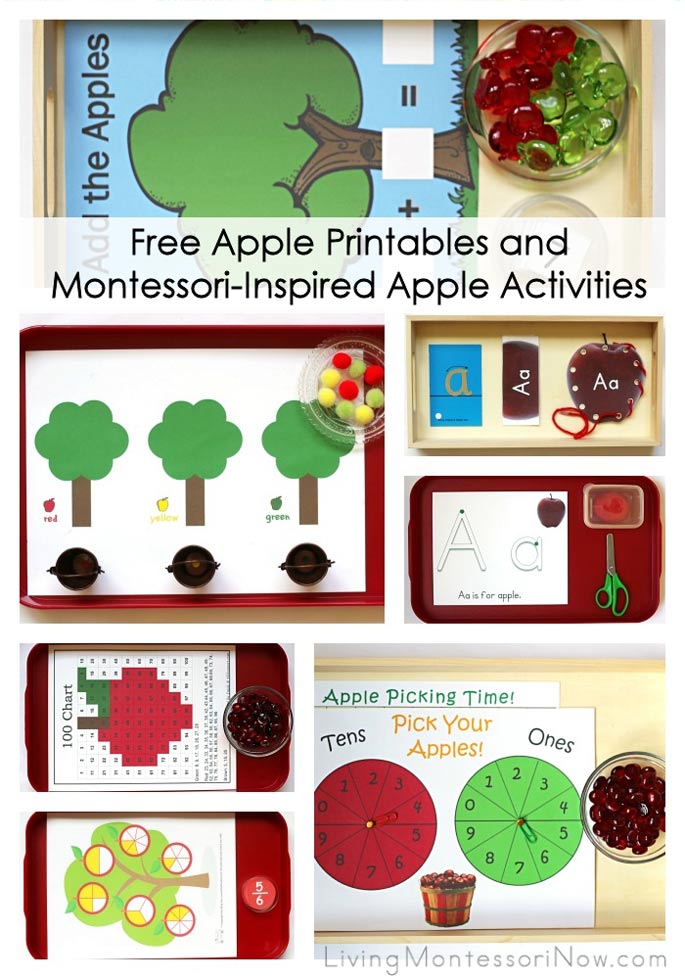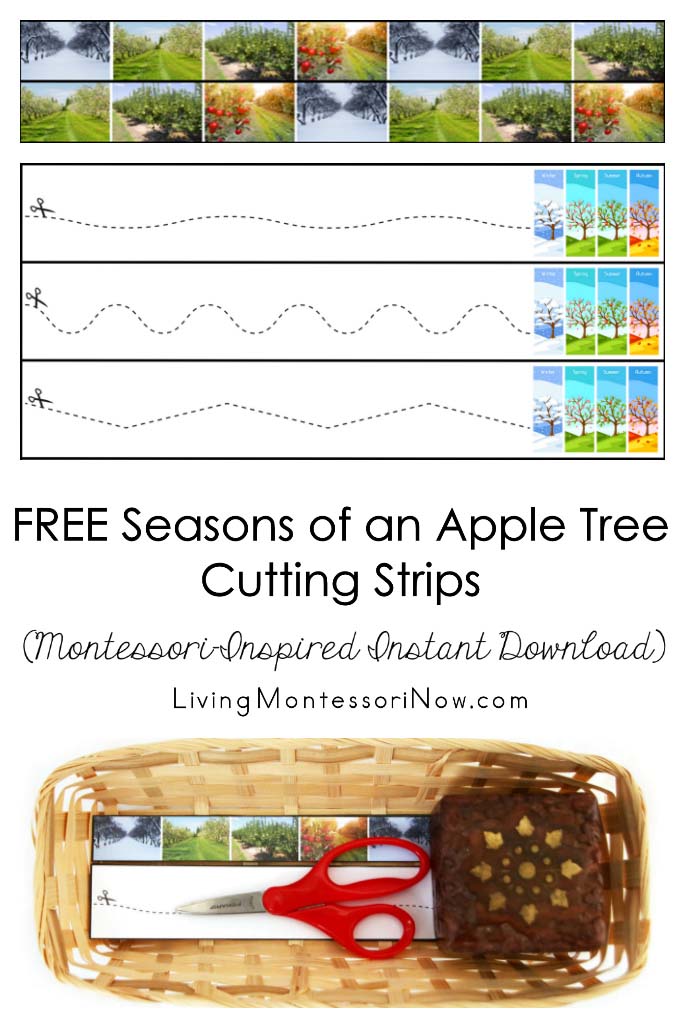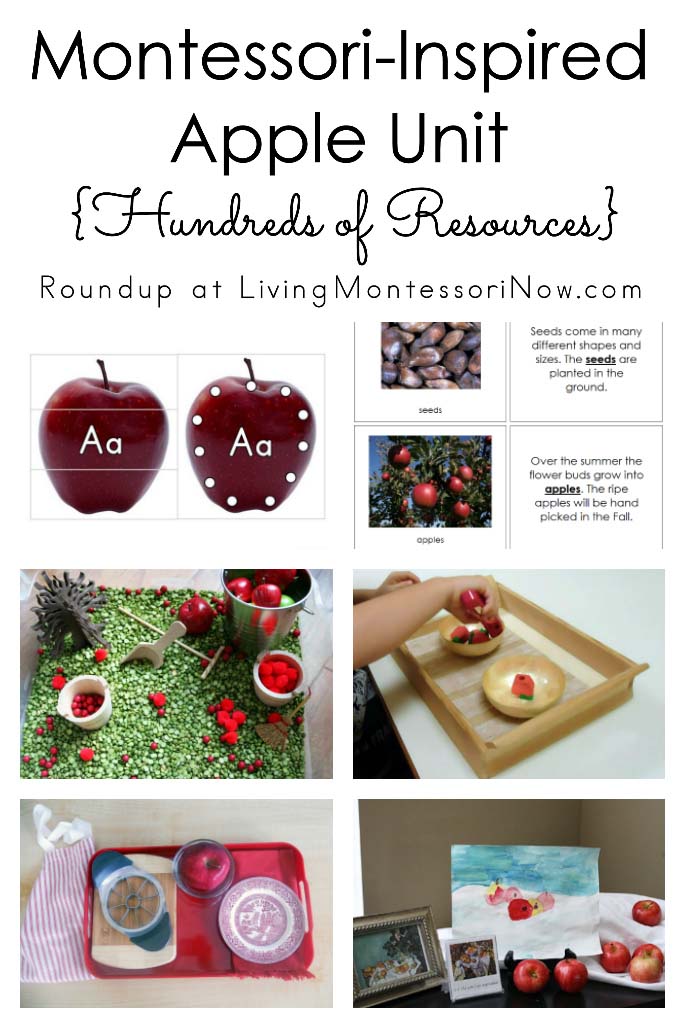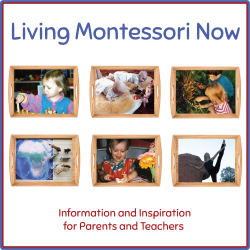GREETINGS!
This book will be released on October 5, 2019!

Here is a
READ AND DANCE lesson plan to present to young children, to enrich and enhance the enjoyment of this book! This lesson is a collaboration between Susan and myself; I developed some movement prompts based on her book, and she created this full lesson plan around my movement ideas, tying it to arts and early literacy standards. She includes materials needed, explanation of how to present it, accommodations for children with special needs, and an idea for expanding this activity into an informal performance for parents and friends.
You will find this plan, and many more imaginative ideas for preschool through fifth grade, on Susan's website. Some of the resources she has developed for a unit on birds and bird watching include linking the book to technology and math, art and music, social studies and geography, Next Generation Science Standards, and so much more!
Description and Goals
Children will use movement to retell the story of Bird Count, by creating a dance that incorporates their interpretations of different birds described in the book. This activity offers children an alternative method of storytelling through a kinesthetic learning experience.
Developmental Areas and Skills: Creative and Physical Domains
Curriculum Standards and Guidelines
Guidelines for Preschool Learning Experiences (MA Department of Education):
Guiding Preschool Learning in the Arts: Movement and Dance: 6. Act out ways that movement
and dance can show feelings or convey meaning.
Common Core English Language Arts Standards
Reading Literature #2: Key Ideas and Details
Reading Literature #7: Integration of Knowledge and Ideas Speaking & Listening #2: Comprehension and Collaboration
Objectives
Children will use their bodies to act out the movements of birds in the story.
Children will work cooperatively to create a dance based on their creative ideas.
For this blog post, I am introducing a beautiful new picture book by Susan Edwards Richmond, with gorgeous illustrations by Stephanie Fizer Coleman, and published by Peachtree Publishing Company, Inc.

Here is a
READ AND DANCE lesson plan to present to young children, to enrich and enhance the enjoyment of this book! This lesson is a collaboration between Susan and myself; I developed some movement prompts based on her book, and she created this full lesson plan around my movement ideas, tying it to arts and early literacy standards. She includes materials needed, explanation of how to present it, accommodations for children with special needs, and an idea for expanding this activity into an informal performance for parents and friends.
You will find this plan, and many more imaginative ideas for preschool through fifth grade, on Susan's website. Some of the resources she has developed for a unit on birds and bird watching include linking the book to technology and math, art and music, social studies and geography, Next Generation Science Standards, and so much more!
Description and Goals
Children will use movement to retell the story of Bird Count, by creating a dance that incorporates their interpretations of different birds described in the book. This activity offers children an alternative method of storytelling through a kinesthetic learning experience.
Developmental Areas and Skills: Creative and Physical Domains
Curriculum Standards and Guidelines
Guidelines for Preschool Learning Experiences (MA Department of Education):
Guiding Preschool Learning in the Arts: Movement and Dance: 6. Act out ways that movement
and dance can show feelings or convey meaning.
Common Core English Language Arts Standards
Reading Literature #2: Key Ideas and Details
Reading Literature #7: Integration of Knowledge and Ideas Speaking & Listening #2: Comprehension and Collaboration
Objectives
Children will work cooperatively to create a dance based on their creative ideas.
- Materials
- Bird Count by Susan Edwards Richmond, illustrated by Stephanie Fizer Coleman.
- Music and a method to play it, such as a CD player.
- An open space in the classroom or outdoors.
- Introduction
- Read or review Bird Count by Susan Edwards Richmond, illustrated by Stephanie Fizer Coleman. Ask children if they can think of other ways to tell the story without using words. Tell them that, today, they are going to recreate the story using movement, or dance.
- Procedure
- 1. Introduce Activity (above)
- 2. Show children the illustrations of each bird in the story, one at a time.
3. Give movement prompts, and incorporate children’s ideas. Here are some examples:
- Canada goose: Can you fly like a Canada goose? They are very strong fliers. Flap your wings as you sail through the sky. Now land in Curcurbit Farm’s fields, just like in the story.

Fly like a Canada goose! - Downy woodpecker: Fly like a woodpecker, and land in a tall tree. Use your long beak to peck and find insects.
- Duck: Imagine you are swimming like the mallards in the pond, and turn upside down with your bottom sticking up! Now dive like a merganser.
- Great blue heron: Stretch your long neck looking for fish. You see one! Try to catch it.
 |
| Turn upside down like a mallard! |
- 4. Once you have explored movement with all of the birds in the story, play some lively music and ask the children to dance freely about pretending to be all of the birds in the book.
- 5. Optional: If children are interested, have them choose which birds they’d like to be.Then retell the story, asking each one to perform when they are introduced in the text.
Wrap up the activity when interest wanes or the activity begins to stray. Ask children if they would like to perform their dance for their families. If so, tell them you will revisit the activity at a later time to practice and prepare. If there is interest, you may wish to add an art component by encouraging children to create costumes or sets.
Accommodations
This activity provides children with challenges expressing themselves verbally an alternative method of expression. Allow children to participate using whatever kinds of movement they are comfortable with. Children who use a wheelchair can use their arms to imitate birds or maneuver the wheelchair in ways that imitate bird movement. Give children who may need additional focus a job to do, such as helping to display the book pages, or leading particular movements.
Evaluation
The activity will be successful if the children engage in movement that represents different birds in the story. Other measures of success are if the children are able to incorporate some of their own original ideas into their movements and if they can cooperate with others in performing a class dance!
Family/Community Engagement
Present the dance at a community celebration or special event. Or record the dance and share it in a weekly newsletter or on a class website.
Keep on dancin',
Connie
 |
| Moving Is Learning! |






